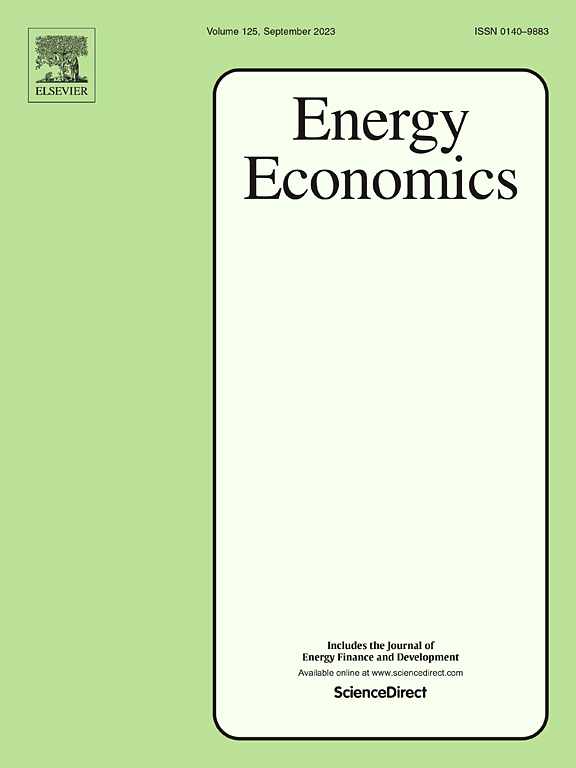A partial correlation-based connectedness approach: Extreme dependence among commodities and portfolio implications
IF 13.6
2区 经济学
Q1 ECONOMICS
引用次数: 0
Abstract
We propose a partial correlation-based connectedness approach to study the directional connectedness under normal and extreme market conditions among the returns of 22 commodities and compare it with the well-known Diebold and Yilmaz (i.e. generalized forecast error variance decomposition (GFEVD)) connectedness approach estimated at the mean and tails. Considering four groups of commodities, namely energy, agricultural, precious metals, and industrial metals, and daily data from September 1, 2005 to June 5, 2024, covering various crisis periods, we draw filtered networks and measures of directional connectedness. The main results are summarized as follows. Firstly, the total connectedness index captures the significant commodities related shocks, and intensifies during crises episodes, notably at the extreme lower quantile. Secondly, using partial correlations in the approach of connectedness leads to a surge of the total connectedness level at the extreme lower quantile and identifies the beginnings of major crises earlier than the GFEVD measure of connectedness. Thirdly, the connectedness structure of commodities based on partial correlation is unstable during turbulent market conditions, a feature that is ignored when the GFEVD approach of connectedness is used. Fourthly, in terms of practical implications, the partial correlation-based connectedness portfolio outperforms the GFEVD based minimum connectedness portfolio on a risk adjusted basis.
求助全文
约1分钟内获得全文
求助全文
来源期刊

Energy Economics
ECONOMICS-
CiteScore
18.60
自引率
12.50%
发文量
524
期刊介绍:
Energy Economics is a field journal that focuses on energy economics and energy finance. It covers various themes including the exploitation, conversion, and use of energy, markets for energy commodities and derivatives, regulation and taxation, forecasting, environment and climate, international trade, development, and monetary policy. The journal welcomes contributions that utilize diverse methods such as experiments, surveys, econometrics, decomposition, simulation models, equilibrium models, optimization models, and analytical models. It publishes a combination of papers employing different methods to explore a wide range of topics. The journal's replication policy encourages the submission of replication studies, wherein researchers reproduce and extend the key results of original studies while explaining any differences. Energy Economics is indexed and abstracted in several databases including Environmental Abstracts, Fuel and Energy Abstracts, Social Sciences Citation Index, GEOBASE, Social & Behavioral Sciences, Journal of Economic Literature, INSPEC, and more.
 求助内容:
求助内容: 应助结果提醒方式:
应助结果提醒方式:


